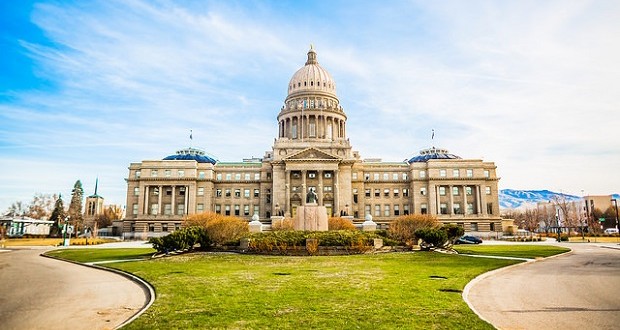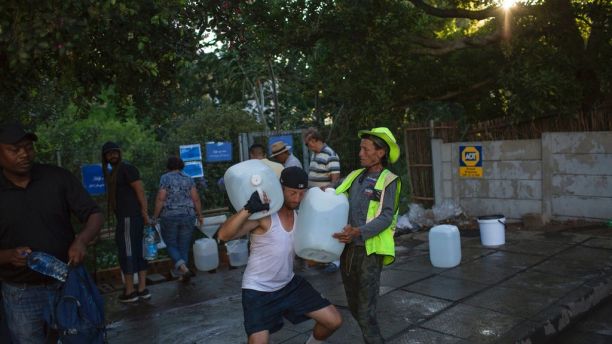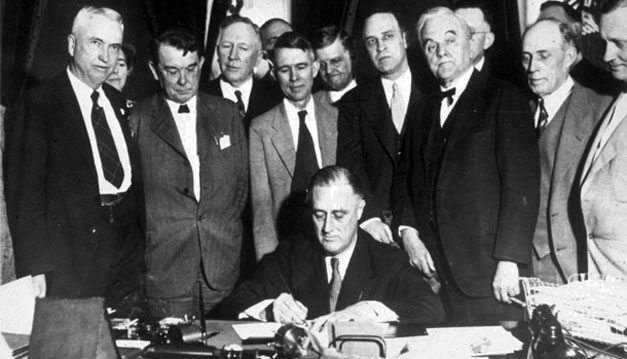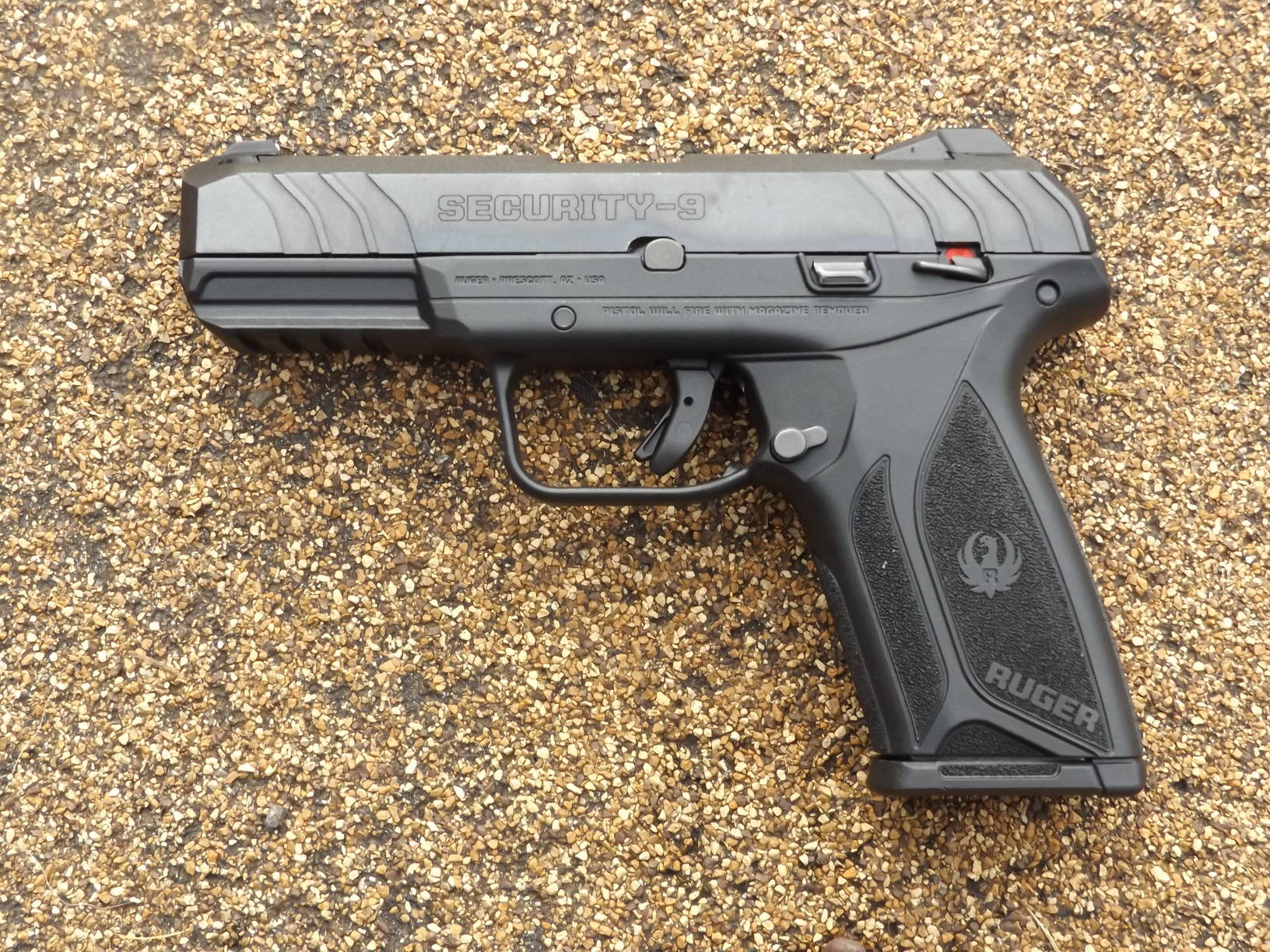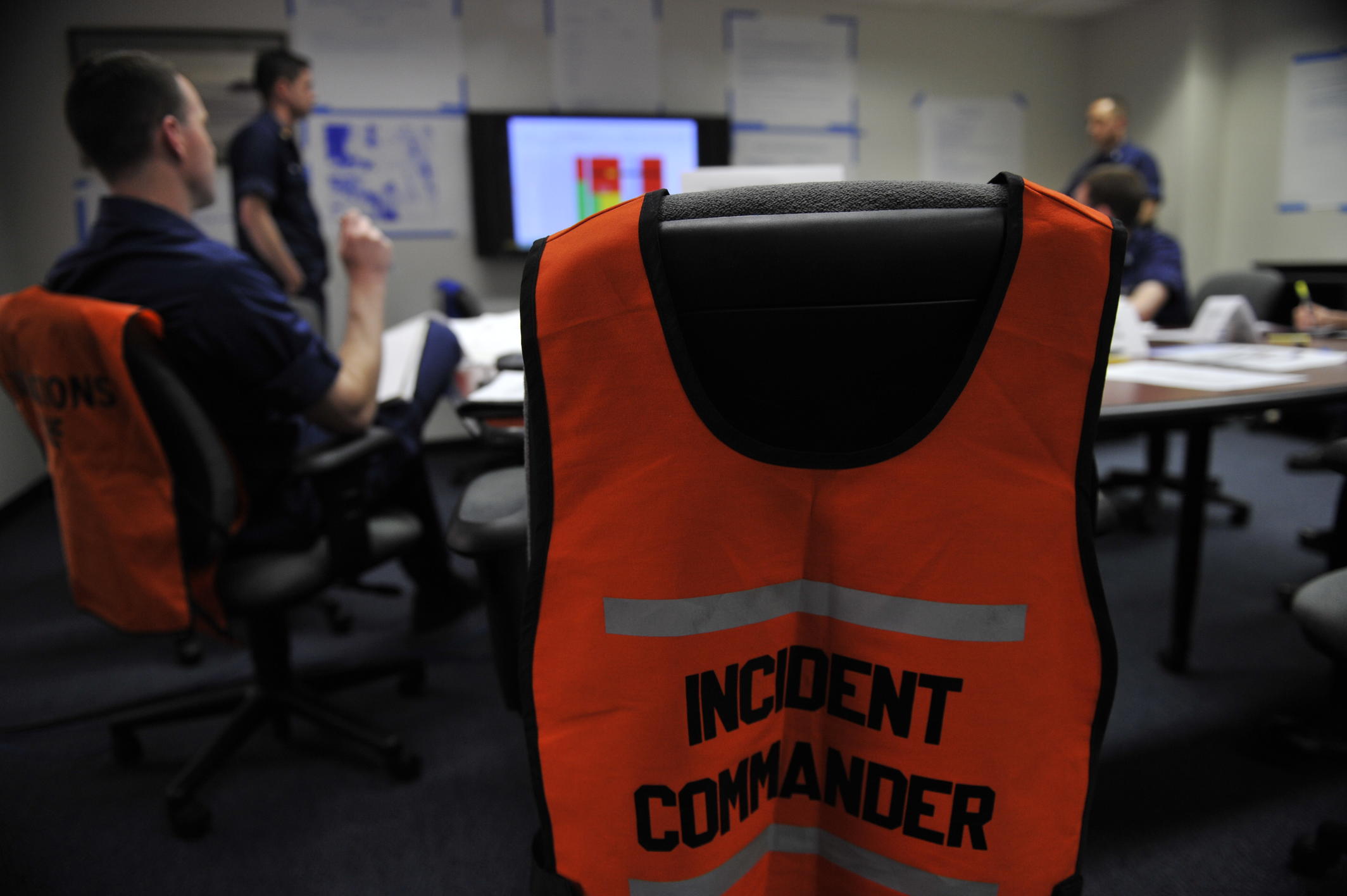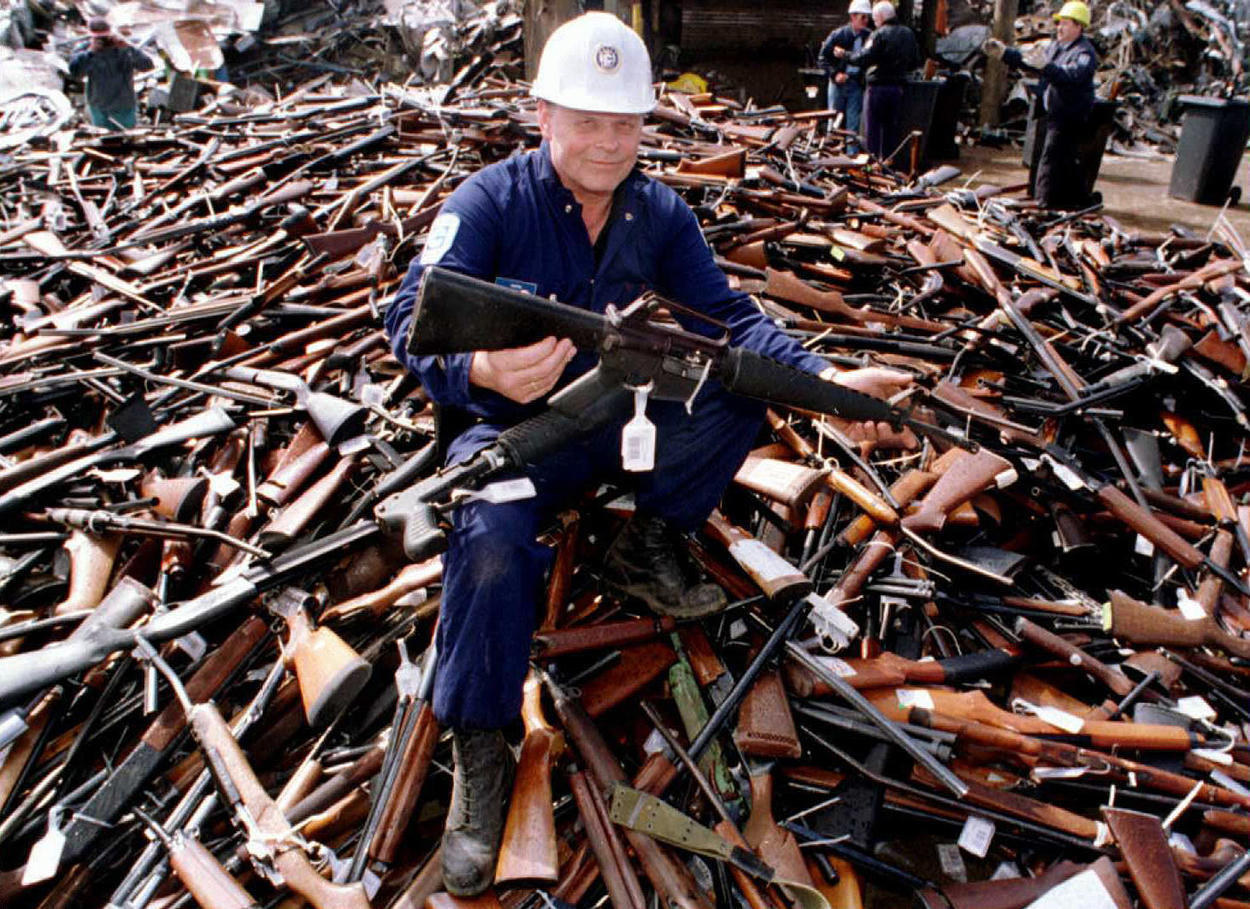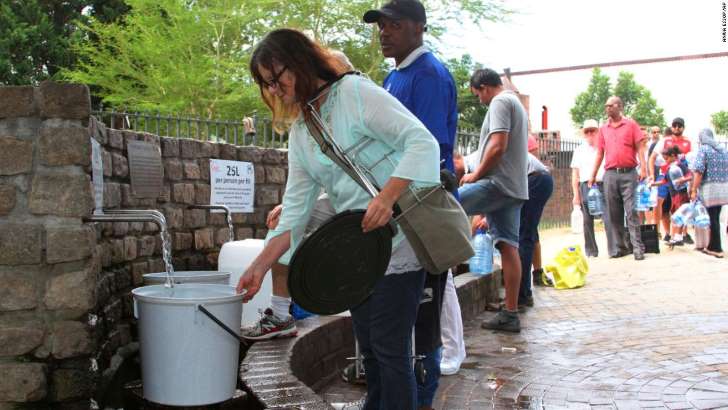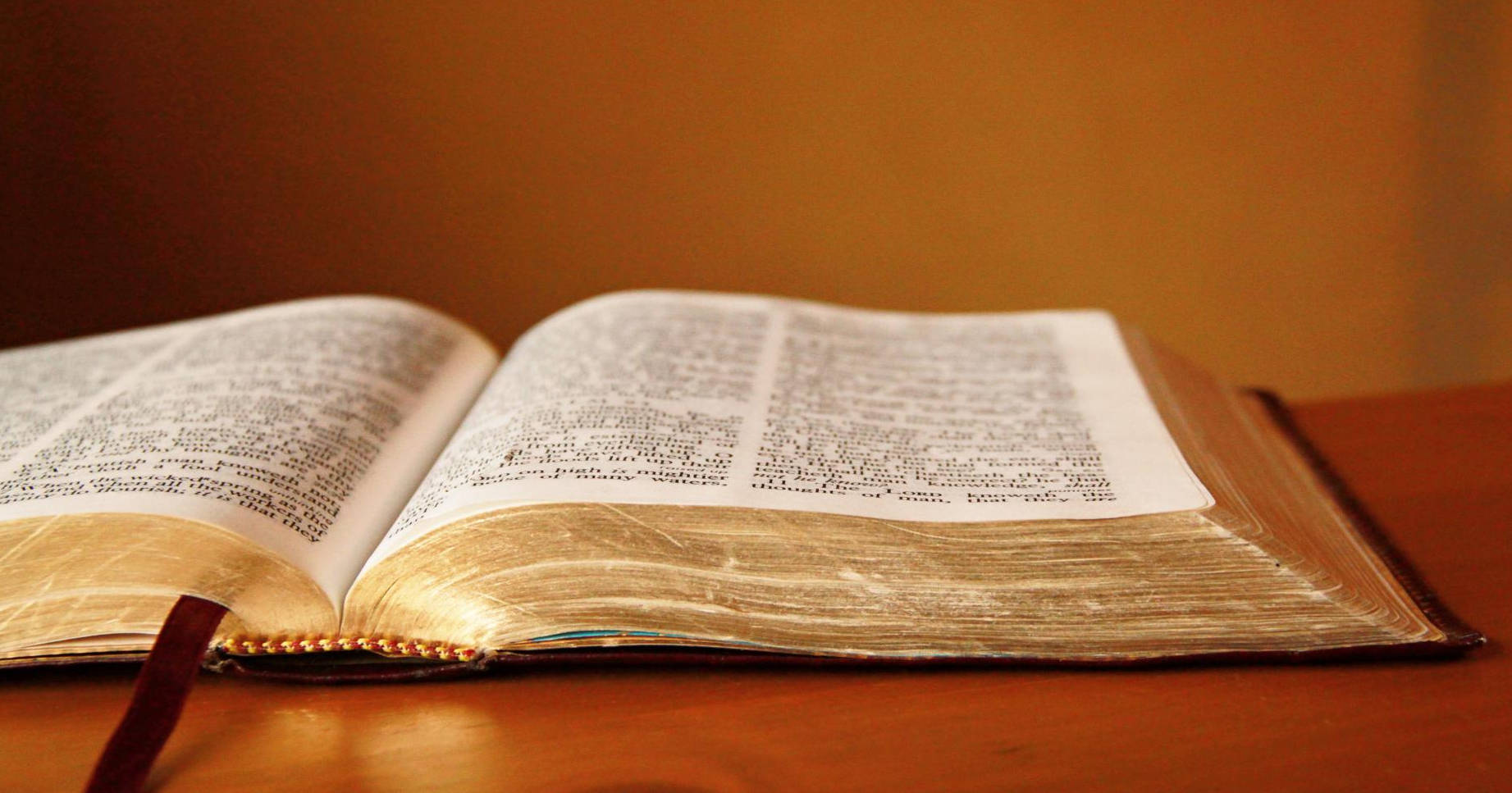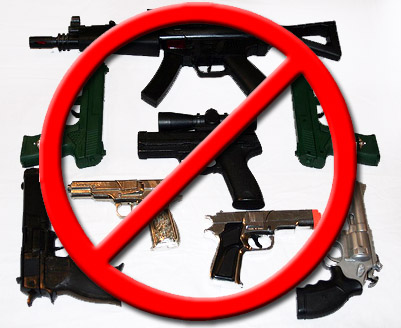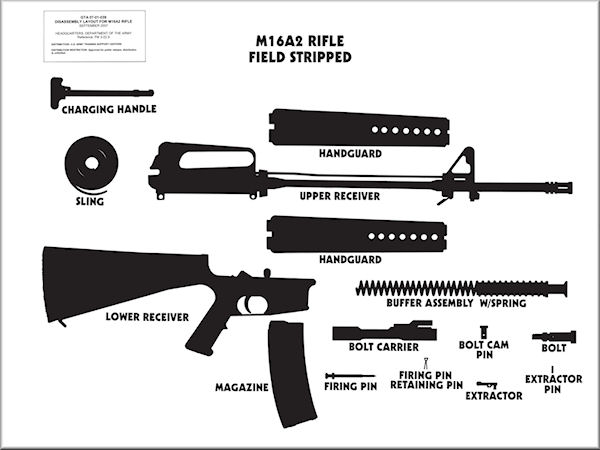Here is SurvivalBlog’s News From The American Redoubt. This weekly column features news stories and event announcements from around the American Redoubt region. We also mention companies of interest to preppers that are located in the region. The emphasis this week is on Idaho’s Liberty Legislators group.
Region-Wide:
To begin , there is this, over at the Charles Carroll Society site: American Redoubt responds to @vestal13 #FakeNews published by the Spokesman-Review #idpol
That was in response to this shoddy diatribe: Shawn Vestal: The American Redoubt is alive and well in the Idaho Capitol as ‘Bundy sniper’ receives hero’s welcome. (I’m posting that link only as an example of why The Spokesman-Review is suitable only for birdcage liner.)
Vestal’s article includes this outright slur: “The Redoubt is more idea than place – a dream of a Western haven for far-right revolutionaries that is not all that different from [Aryan Nations leader] Richard Butler’s view of the region – and every now and then it becomes bracingly clear just how much approval for armed insurrection lives inside that idea.” To conflate the American Redoubt movement with the name of a neo-Nazi and anti-Semite like Richard Butler is the absolute lowest form of political whitewashing. Shawn Vestal could have devoted just a minute or two to fact checking, and learned that Richard Butler died in 2004. And surely Shawn Vestal knows that the American Redoubt movement is outspokenly anti-racist and pro-Israel. We have made that abundantly clear on countless occasions. Mentioning our movement and Butler in the same breath is more than an un-truth. It is a vicious smear.
We have also never advocated insurrection. (Armed or otherwise.) In fact, we haven’t even advocated states petitioning for secession. We have only advocated two state partitions within the framework of the Constitutional Union of States. (The same way that West Virginia became a state separate from Virginia.) Yet left wing journalists keep doing their best to regularly paint us a “radicals” with their ever-handy Nazi/KKK brush.
I’m really tired of these lies. I demand that Shawn Vestal print a retraction. – JWR
Idaho (Liberty Legislators)
Next, courtesy of Redoubt News: is full coverage of a recent conclave of Idaho’s Liberty Legislators. Video: 2018 Idaho Legislative Preview. (The speeches begin at 14:05 mark.) The first speaker is Representative Priscilla Giddings, who is also a US Air Force Reserve A-10 pilot. It is refreshing to see how the new crop of truly conservative small government Republicans are standing up to the well-entrenched RINO legislators in Boise. The same political groundswell is just getting started in the other Redoubt States. But it is clear that the spirit of liberty is on the march, throughout the Redoubt region.
o o o
The recently-announced acquisition of GemTech Suppressors (aka Gemini Technologies) of Boise, Idaho by Smith &Wesson seems to have run afoul. It has been reported that Gem-Tech just filed suit against S&W for breach of contract. The reason? GemTech claims that S&W has only paid about half of the agreed purchase price for the company, in the time allotted, based on the company’s earnings. Further muddying the waters, according to The Firearms Blog (TFB), “about two months after the public announcement of the sale, CEO Ron Martinez was fired for publicly unknown reasons.”
o o o
Not your average traffic stop: Elk pulled over in north Idaho. JWR’s Comments: I suspect that this is a case of a “hard winter” elk that has been malnourished because of the heavy snow cover this year. She probably didn’t have the strength to jump the fence seen behind her. During hard winters, do your best to not spook or pressure big game into running. Evey calorie of their fat reserves is precious.
Continue reading“SurvivalBlog’s News From The American Redoubt”

